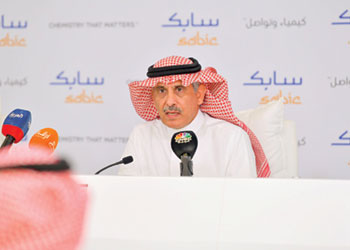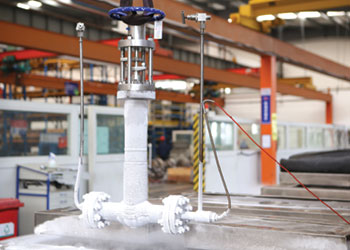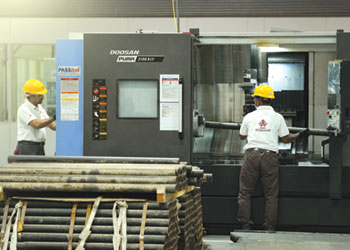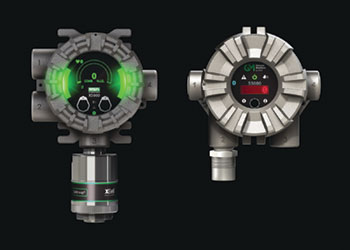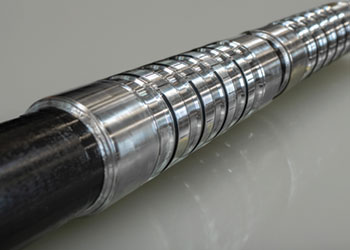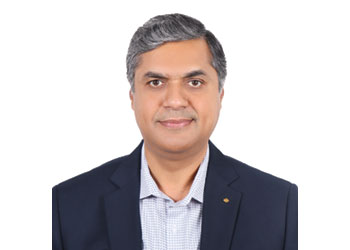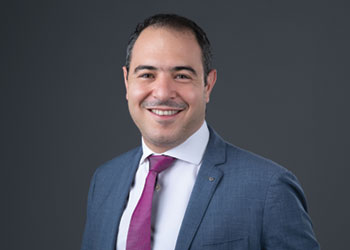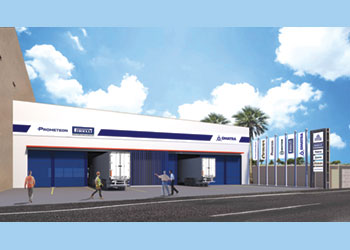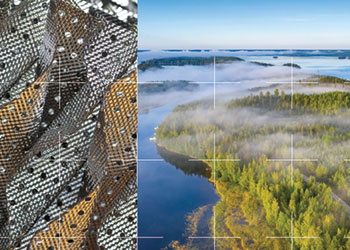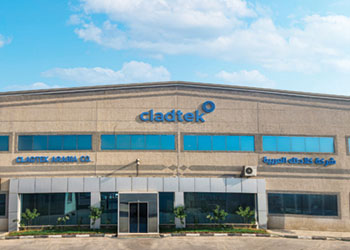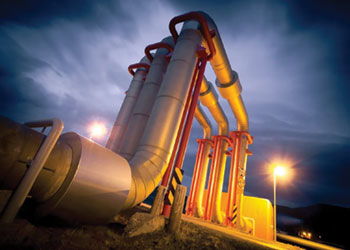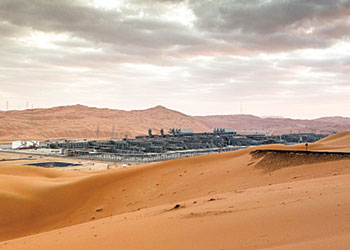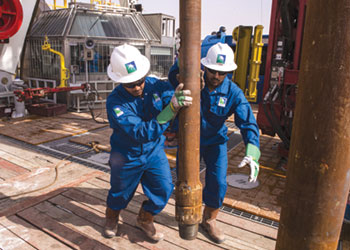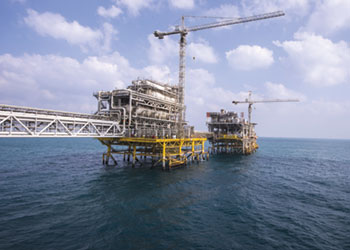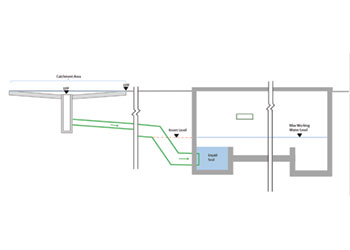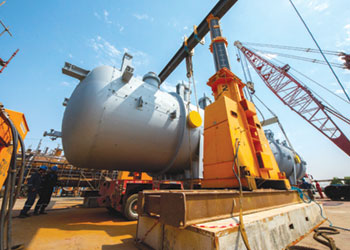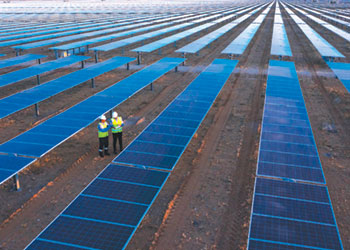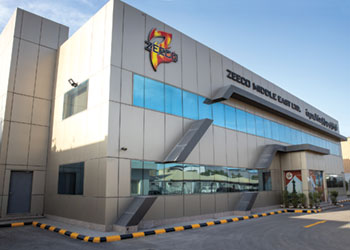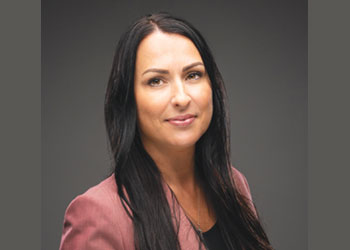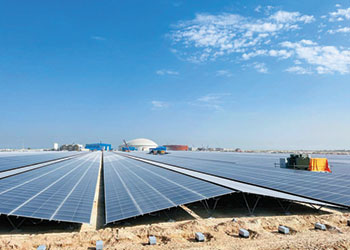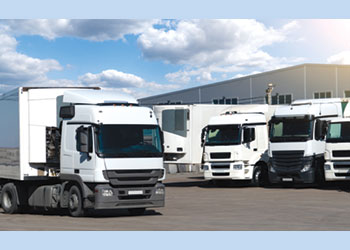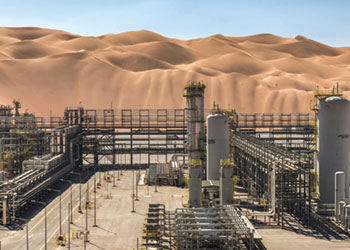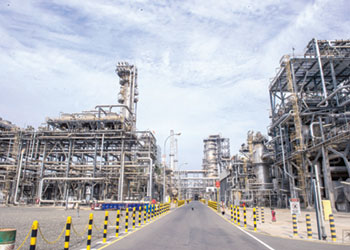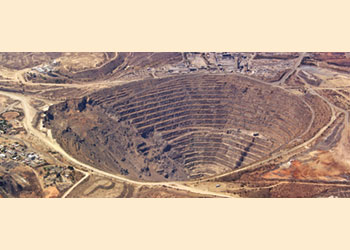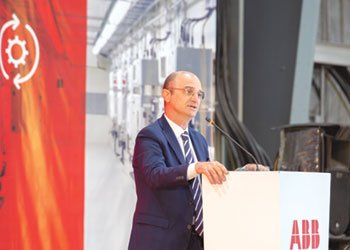
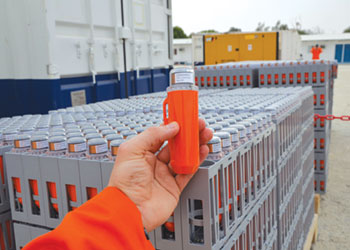 The STRYDE Node
The STRYDE Node
To address the growing global energy demand and uphold its stature as the world’s largest oil-producing nation, KSA needs to adopt more rapid methods of executing extensive onshore mega seismic surveys to pinpoint untapped hydrocarbon reserves, a STRYDE spokesman tells OGN
Saudi Arabia is a country with deep reserves of hydrocarbons and which has long been a cornerstone of the oil and gas industry. As the world evolves towards a more sustainable energy future, the pressure to extract remaining resources efficiently has never been greater.
This drive has ignited a renewed focus on cutting-edge exploration technologies for mega-scale seismic surveys to speed up seismic data acquisition and to make high trace density seismic data an affordable and indispensable tool in extracting the Earth’s subsurface resources.
However, the realm of the mega seismic surveys onshore in KSA is not without its formidable challenges. The intertwining complexities of geology and environment impose a unique set of hurdles that must be navigated to ensure the success of these mega-scale exploration endeavours. Some of the top challenges include:
• Geological diversity: Sedimentary basins, folded mountain ranges, and vast desert expanses impact seismic wave propagation, making accurate subsurface imaging and interpretation challenging.
• HSE exposure: Today the existing large seismic acquisition programs require thousands of employees per crew, and hundreds of light and heavy vehicles, while running 24/7 field operations. This configuration sets HSE exposure to an all-time high.
 |
The STRYDE Node receiver system |
• Cost considerations: Conducting these mega-scale seismic surveys involves significant financial investments.
• Design flexibility and trace density: Using cabled recording equipment systems, limit design selection and prevent design evolution which is critical to adapt to surface and geology conditions while conducting a multi-year seismic program on multiple surface environments.
• Data Processing and interpretation: The intricate subsurface structures demand advanced data processing and interpretation techniques. The large volume of data collected in mega seismic surveys requires sophisticated algorithms and computational resources for accurate subsurface modelling and resource assessment.
A SEISMIC SHIFT IS REQUIRED
As KSA navigates the dynamic shifts in the global energy sector, mastering the complexities of large-scale field exploration and development surveys is crucial for maintaining the country’s dominant role in energy production.
At the heart of this undertaking lies large-scale seismic survey acquisition crews equipped with technology that records large volumes of seismic data to provide accurate subsurface images over vast desert expanses.
Currently, the predominant approach in the region involves the utilisation of conventional cabled recording systems. These systems typically consist of 20-60 long lines of cabled digitisers "channels" each 20-30km long, with each channel connected to arrays of cabled geophone sensors. These cable systems are difficult to scale due to their considerable weight, volume, large maintenance costs, high technical downtime (due to wear and tear on cable connections), and third-party damage to the cables. Therefore, a different approach can be considered to improve the efficiency and speed of seismic surveys.
THE SILVER BULLET
Seismic recording technology has undergone substantial evolution, resulting in smaller, more cost-effective, and simpler-to-deploy devices.
Leading this revolution is the STRYDE Node™, currently the most widely utilised cable-free and fully autonomous recording device in the market today. It is seen by many as the most viable solution for facilitating the crucial mega surveys of the future.
This achievement stems from the incorporation of a piezoelectric accelerometer sensor which has better fidelity compared to a geophone but is a fraction of the size and weight.
This advancement has allowed STRYDE to shrink the seismic channel into a small package called a node.
The node’s size is comparable to a small hand torch, with each node having a built-in seismic sensor, battery, memory, GPS chip, and control electronics - only weighing a mere 150 gm. The nodes have no cables or connectors and are maintenance-free.
With the traditional cabled systems, the seismic channels and geophone sensors are connected by copper and fibre optic cables.
On some of the large seismic survey crews, there would be more than 12,000 linear km of cable deployed in the field!
The weight and bulk of the cabled seismic recording channels are, therefore, considerably larger than the equivalent number of the STRYDE nodal system channels.
Without the need for cables between the nodes, the price per node channel is substantially lower than the price of a cabled channel.
It is, therefore, possible to significantly increase the number of node channels whilst still reducing the operating cost of the seismic crew due to the large reduction in the number of vehicles and people required to deploy, move, and retrieve the node channels.
Having more node channels in the field enables a larger survey area to be acquired at one time and permits faster source techniques to be used to speed up the survey, thus reducing survey costs.
Using additional node channels in the field also allows more channels per square kilometre, thus increasing trace density per square kilometre, which improves image quality.
A PROVEN SOLUTION FOR LARGE-SCALE SEISMIC SURVEYS
In a ground-breaking endeavour, seismic contractor, African Geophysical Services (AGS), is currently deploying the largest nodal seismic survey ever conducted worldwide, spanning 29,219 sq km using 165,000 STRYDE Nodes™ in Oman.
For this project, the field personnel were significantly reduced to just 220 people, representing a 63 per cent decrease in crew size compared to the number of personnel required for deploying cabled geophones on a survey of a similar scale.
Even with a reduced crew size, the use of the technology yielded impressive operational achievements, with several two-person crews deploying and retrieving an astounding 10,000 nodes during a single 12-hour shift.
So far on this survey, each of the 165,000 nodes has been deployed over 30 times, bringing the total number of nodes deployed on this survey to over 4.9 million receiver points.
This approach allowed the operator who commissioned the survey, CCED, to cut down on data acquisition costs and minimise HSE risk exposure in the field (with less manual handling and the ability to reduce vehicle count from 160 to down to just 40 small pick-up trucks, removing all heavy 6x6 trucks), all to acquire high quality, operationally efficient and high-density seismic data required to identify favourable drilling prospects.
IS IT TIME TO GO BIGGER?
The feasibility of achieving a high channel count mega-crew has been demonstrated through the utilisation of affordable, compact STRYDE Nodes™.
It’s evident that traditional cabled geophones and cumbersome larger nodal devices are unsuitable for facilitating extensive seismic surveys on a larger scale, where the number of channels is augmented to enhance coverage and trace density to achieve superior resolution in seismic imaging across extensive and diversified desert terrain surface conditions.
Amidst a growing energy demand and a heightened emphasis on responsible hydrocarbon extraction, progressive oil and gas operators must expand their seismic survey horizons.
Undertaking such large operations, alongside the integration of novel seismic sensor technology, does introduce an element of risk, however, the risk of using nodes has diminished significantly in recent years due to the high reliability of node technology.
Data loss is extremely low and usually only associated with lost nodes. Theft of nodes can be an issue in certain areas, but STRYDE Nodes™ are tiny (13 cm by 4 cm) and can be buried under the sand without loss of timing synchronisation from GNSS satellites.
THE PROVEN BENEFITS OF AUTONOMOUS NODES
Over the past three years, STRYDE’s technology has demonstrated its merits through more than 160 seismic surveys, spanning more than 40 countries where over 1.3 million nodes have been deployed. On average, STRYDE’s clients have experienced the following advantages:
• Cost savings of up to 60 per cent on seismic surveys.
• Seismic recording acquisition speeds tripled.
• Consistently high data recovery rate averaging at 99.6 per cent.
• Enhanced increased trace density seismic data without additional costs.
• Streamlined operations with 50 per cent smaller crews.
• An 80 per cent reduction in required vehicles for completing seismic surveys, while removing all heavy 6x6 truck.
• Ability to adjust receiver design while progressing through different surface environments (desert, congested oilfield, city, etc.)
Although the transition to a new seismic data acquisition system might be met with reservations, the proven benefits from STRYDE’s technology should serve as a compelling incentive for operators to embrace the future of seismic data acquisition.
This transformation represents the only viable solution for conducting the mega surveys of the future. With the right technology employed, the mega surveys of the future have become a reality of today.



















































































